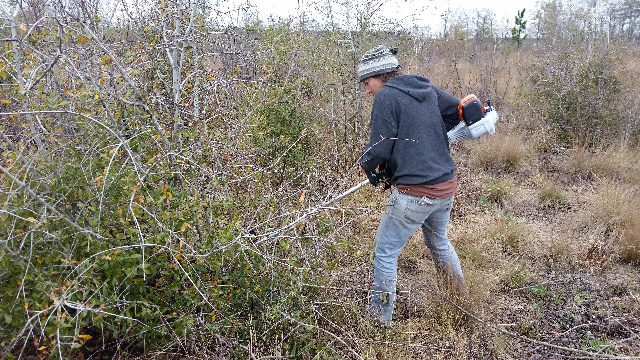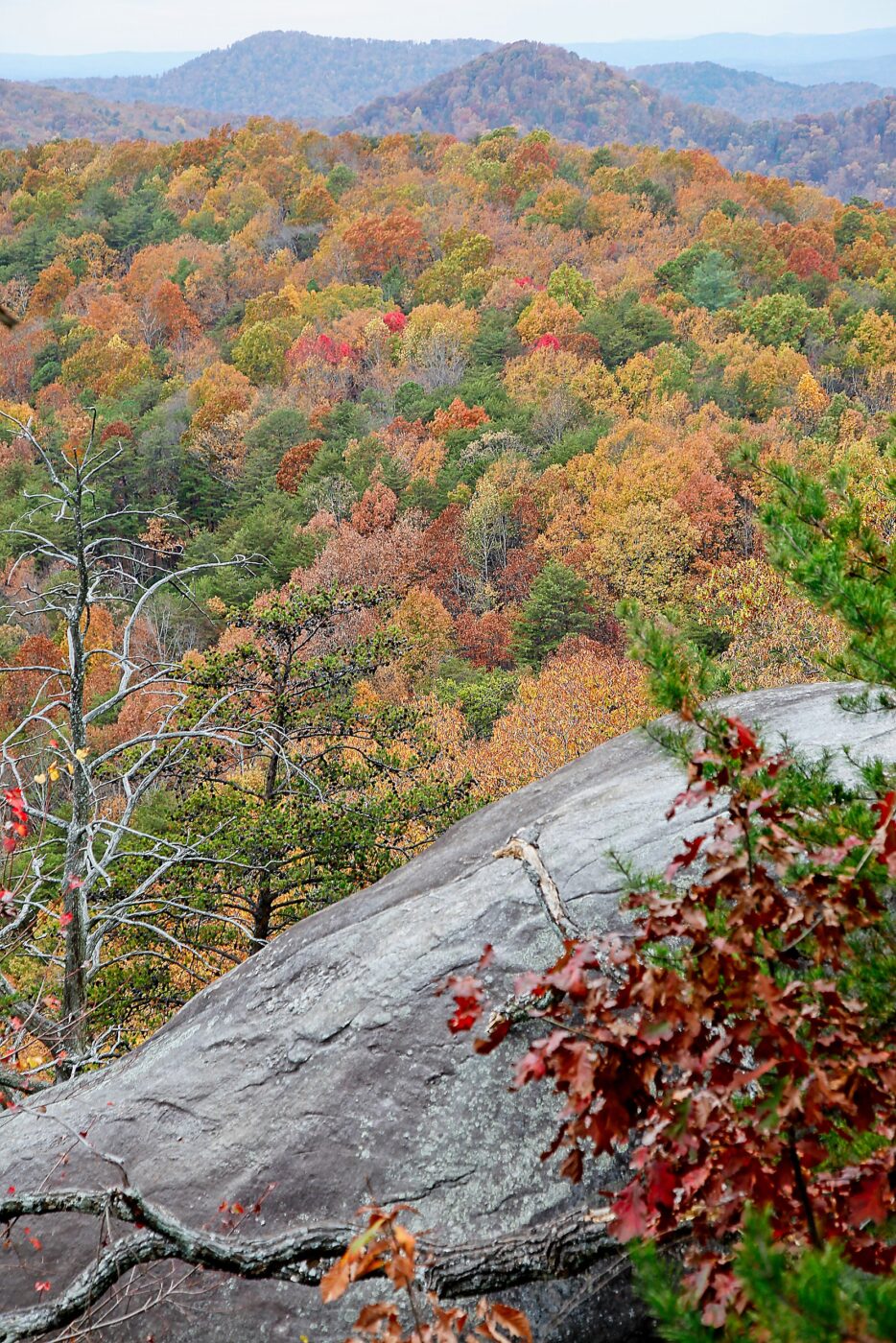 “The great challenge of the twenty-first century is to raise people everywhere to a decent standard of living while preserving as much of the rest of life as possible.”
“The great challenge of the twenty-first century is to raise people everywhere to a decent standard of living while preserving as much of the rest of life as possible.”
― Edward O. Wilson
For most of us the debate about the reality of climate change and the threat to biodiversity seems to be largely behind us, and we can now focus our energies on what we can do about it. May 22nd is the International Day for Global Diversity . We thought this would be a good time to reflect on our contribution—past, present and future.
Doug Lockard muses on the relationship between native plants and the role they play in addressing the larger challenges of biodiversity for this edition. “My interest in conservation began with the sustainability movement during my later years in the construction industry. Through my more recent engagement with the South Carolina Native Plant Society, that interest has morphed into a rewarding adventure of discovery into the world of ecosystems and the importance of biodiversity.”
In this essay, we’ll explore the foundational role of native plants in the balance of all life, some of the primary challenges to our native species, and how rewilding our individual properties right here in South Carolina will enable us contribute nature-based solutions to climate, health issues, food and water security, and sustainable livelihoods.



